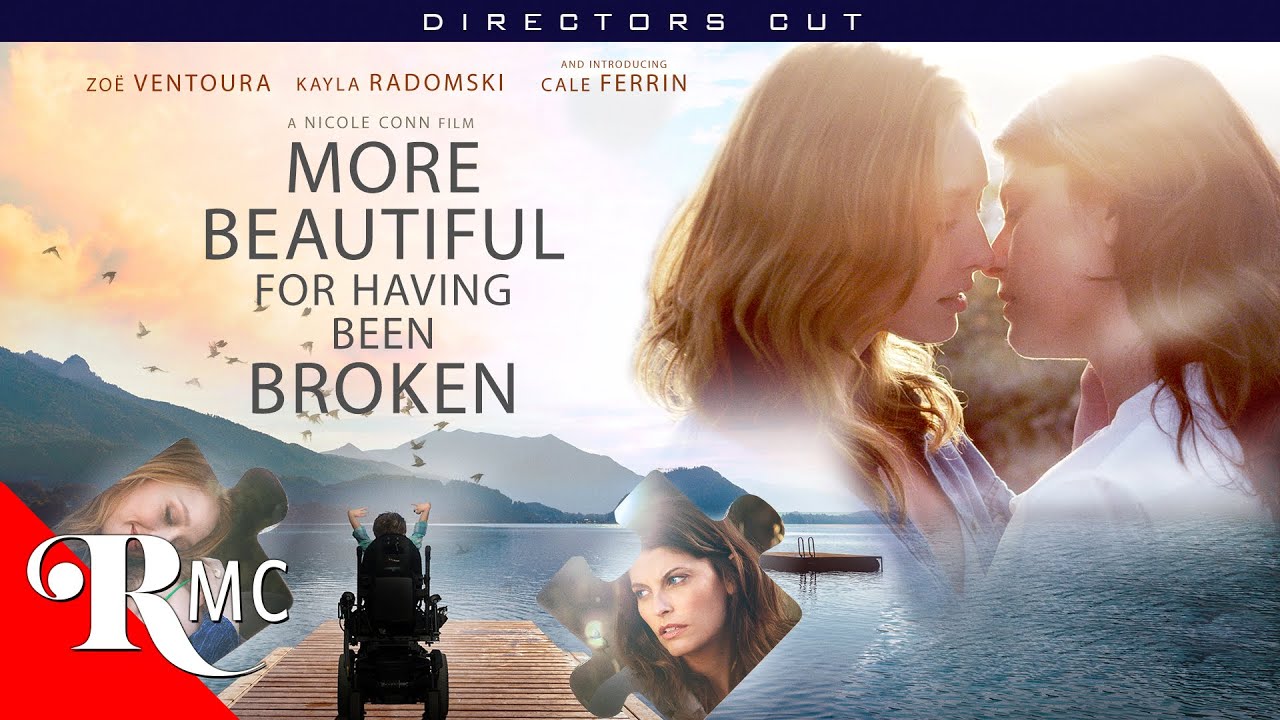More Beautiful for Having Being Broken

In a world where imperfections often feel like burdens, the concept of finding beauty in brokenness might seem counterintuitive. Yet, throughout history and in our personal journeys, we discover that the most exquisite beauty often emerges from moments of fracture and hardship. It’s the resilience of the human spirit, the capacity to transform pain into growth, and scars into symbols of strength that make us more beautiful for having been broken.
Embracing Imperfections:
In a culture that often celebrates perfection, it’s easy to forget that imperfections hold their own allure. Think of a cracked piece of pottery repaired with gold—the Japanese art of Kintsugi. The golden lines tracing the fractures don’t hide the brokenness but enhance it, turning what was once flawed into a thing of beauty. Similarly, our own imperfections, our cracks and fractures, can become the golden seams that add depth and character to our stories.
Growth Through Adversity:
Adversity has a remarkable way of shaping us. Like a sculptor chiseling away at marble, the challenges we face refine and mold us into something stronger and more resilient. It’s often in our lowest moments—the times when we feel most broken—that we discover our true strength and resilience. When faced with adversity, we have a choice: to let it shatter us or to allow it to shape us into something greater. Those who choose the latter often find that they emerge from the experience more beautiful and whole than before.
Finding Beauty in Pain:
Pain is an inevitable part of the human experience, yet it is also a powerful catalyst for growth and transformation. When we allow ourselves to sit with our pain, to fully experience it without judgment or resistance, we open ourselves up to profound healing and growth. It’s through our darkest moments—the times when we feel most broken—that we often discover our greatest strengths and deepest reservoirs of compassion and empathy. Our scars become a testament to our resilience, proof that we have weathered life’s storms and emerged stronger on the other side.
The Power of Vulnerability:
It’s natural to want to hide our brokenness, to present a polished facade to the world. Yet, it is often our vulnerability, our willingness to show our cracks and imperfections, that allows others to see us as we truly are. When we allow ourselves to be vulnerable, we invite others to do the same, creating deep and meaningful connections based on authenticity and mutual understanding. In this way, our brokenness becomes not a source of shame, but a source of strength and connection.
Finding Meaning in the Pain:
One of the most profound ways we can find beauty in brokenness is by finding meaning in our pain. Viktor Frankl, a Holocaust survivor and psychiatrist, famously wrote in his book “Man’s Search for Meaning” that those who have a ‘why’ to live can bear with almost any ‘how’. Even in the darkest of times, finding purpose and meaning can sustain us and give us the strength to carry on. Whether it’s through personal growth, helping others who are going through similar struggles, or simply finding beauty in the small moments of everyday life, finding meaning in our pain can transform even the most shattered parts of ourselves into sources of strength and resilience.
Conclusion:
In a world that often seems focused on perfection and superficiality, finding beauty in brokenness is a radical act of self-love and acceptance. It’s about embracing our imperfections, acknowledging our pain, and finding meaning and purpose in the midst of adversity. When we allow ourselves to be vulnerable, to fully experience our pain, and to find meaning in our struggles, we discover that our brokenness is not something to be ashamed of, but something to be celebrated. For it is through our brokenness that we discover our true strength, resilience, and capacity for growth. And in the end, it is these qualities that make us truly beautiful.





